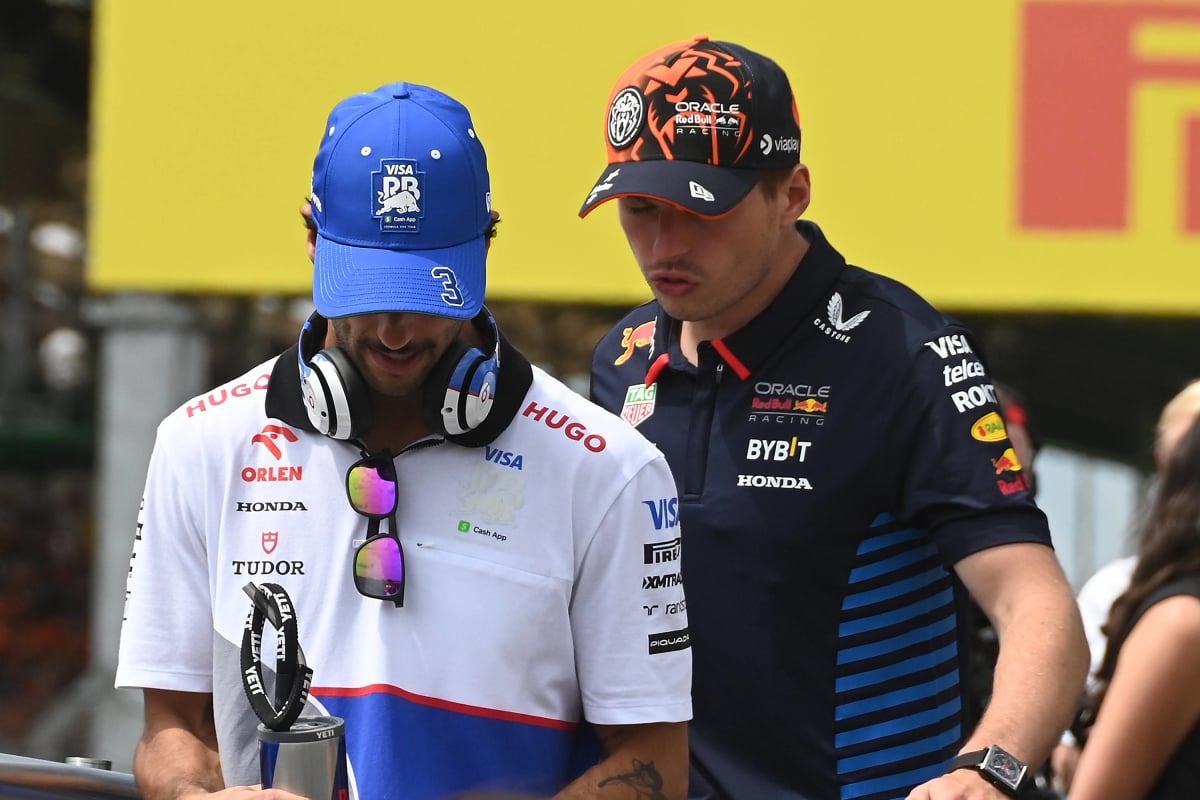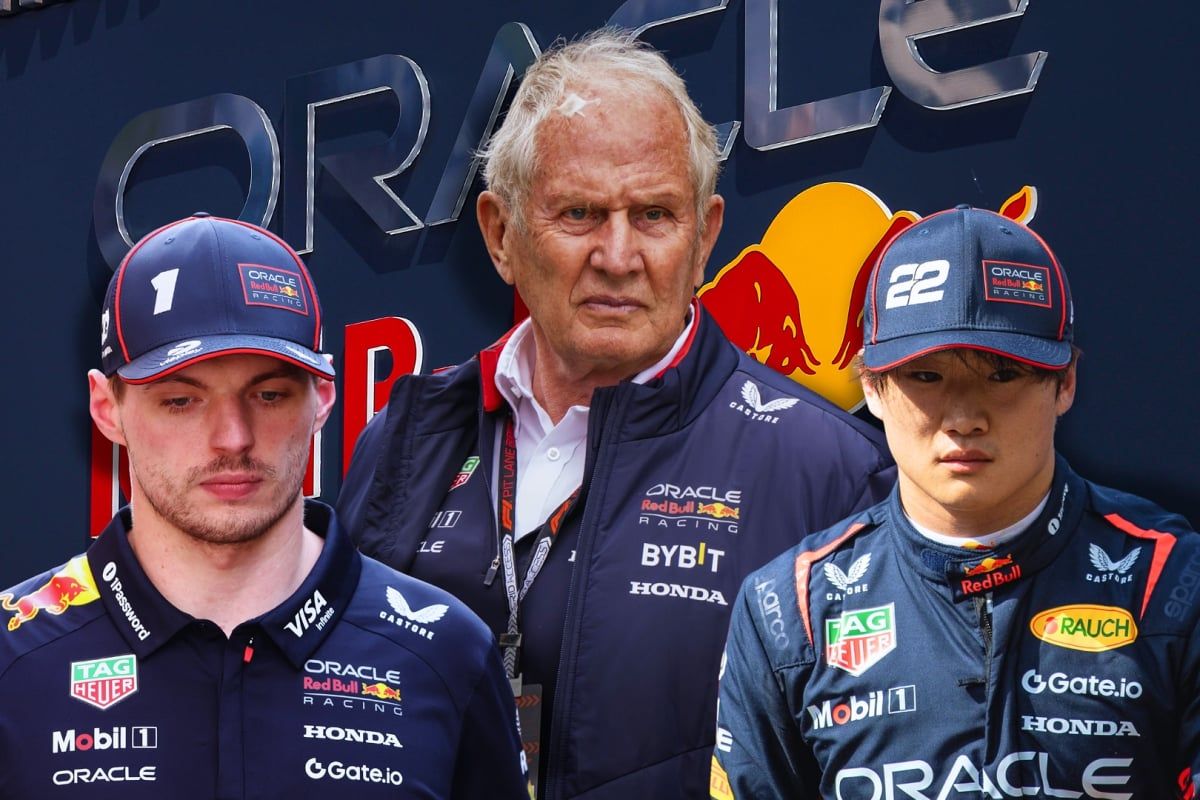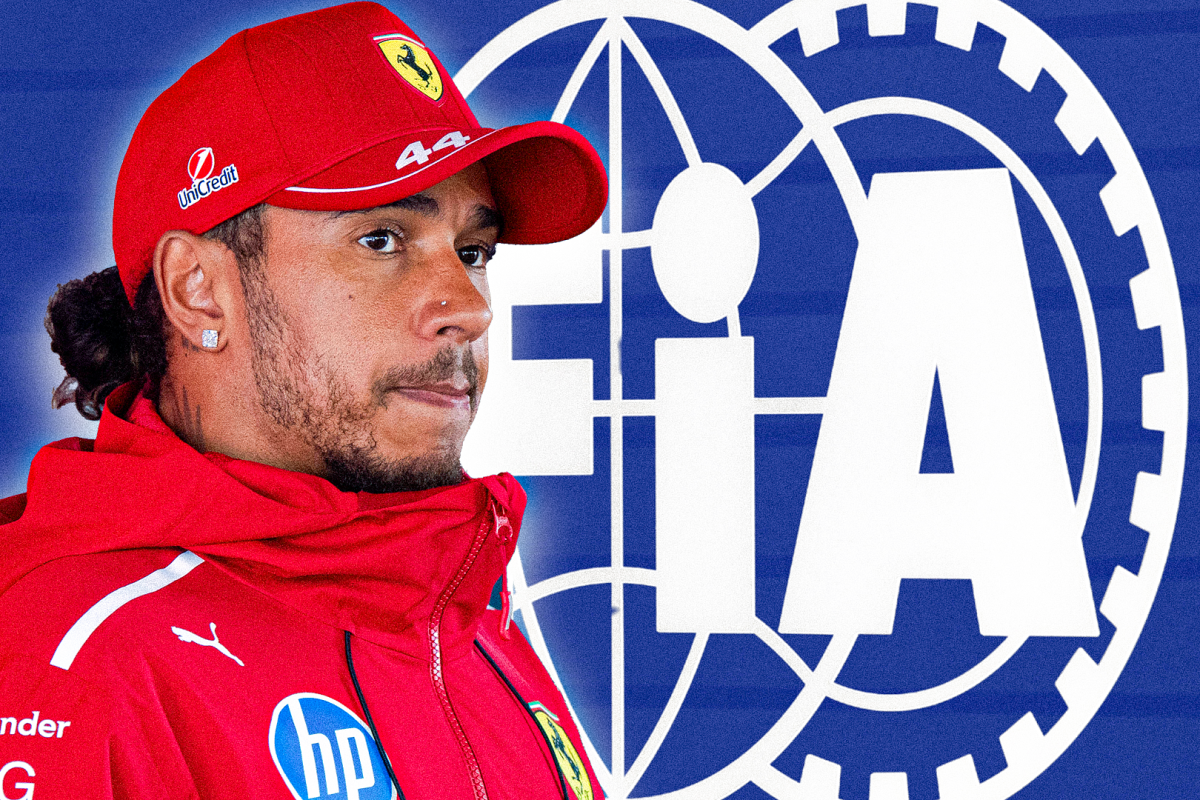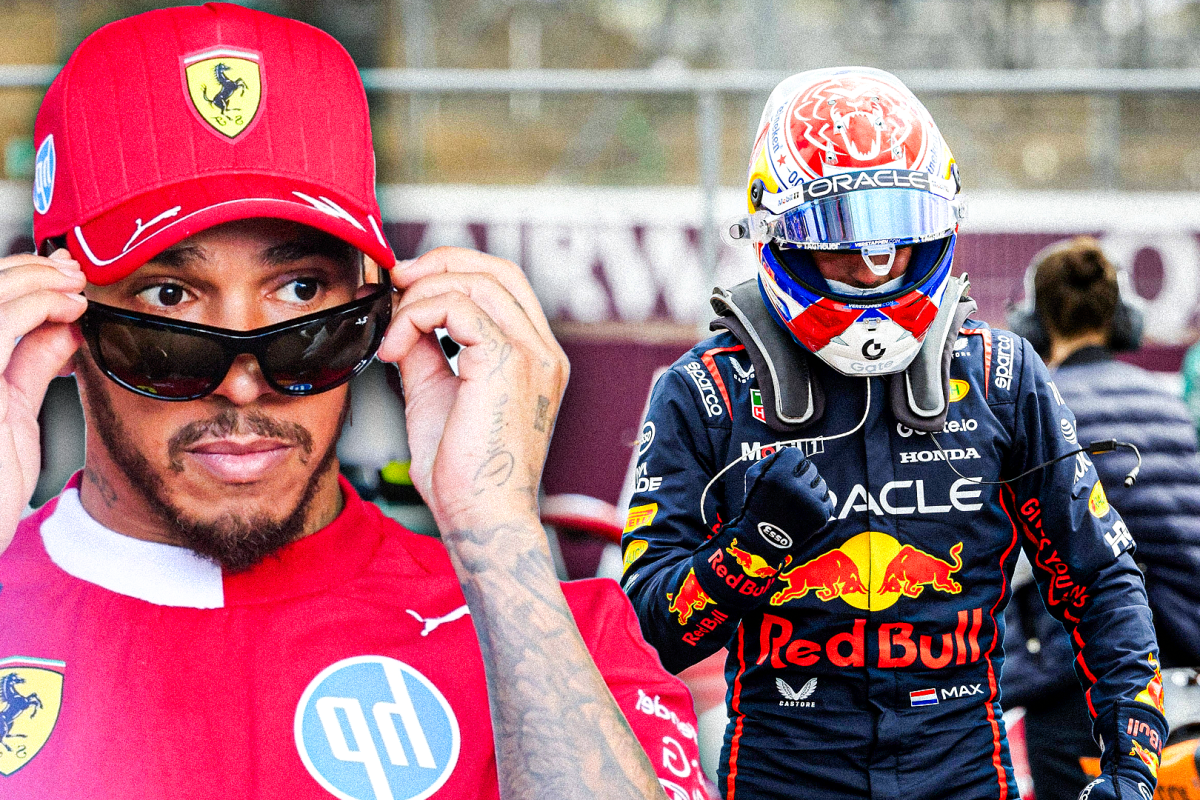Red Bull’s Contingency Plan for a Verstappen Ban and R…read more
Red Bull Racing faces a potential crisis in the Formula 1 2025 season, a crisis potentially precipitated by Max Verstappen’s actions during the Spanish Grand Prix. Verstappen’s controversial incident, which led to a 10-second penalty and three penalty points on his super licence, has triggered a carefully constructed contingency plan within the team. The looming threat of a one-race ban, should Verstappen accrue another penalty point before the expiry of his current ones on June 30th, could drastically impact his championship aspirations and Red Bull’s hopes in the constructors’ championship.
The severity of the situation is amplified by Verstappen’s current standing in the championship. Currently, 49 points behind leader Oscar Piastri, a race ban at this juncture could prove detrimental to his title ambitions. Therefore, Red Bull has implemented a meticulous strategy to mitigate any disruptions to their championship pursuit, meticulously considering the implications for both the driver lineup and the overall team performance.
The plan involves elevating a reserve driver to the primary team, thus avoiding significant disruptions to their operational structure. This crucial element of the plan is further underscored by the team’s decision to promote either Liam Lawson or Isack Hadjar, potentially marking a significant step up in their respective careers. However, the choice is not a mere arbitrary one but hinges on a careful consideration of their current performances and experience levels.
Liam Lawson, a New Zealander with prior experience in the RB21, seems a natural choice. His past experience with the team, albeit brief, positions him as a potential replacement. Yet, the irony of potentially returning him to the seat just two races after being dropped from the main team underscores the challenging dynamics within Red Bull’s driver development program. This move also carries significant implications for the team’s internal hierarchy and raises questions about the processes leading to his initial dismissal.
Conversely, Isack Hadjar, a phenomenal rookie, has also demonstrated remarkable promise. With 21 points secured this season, despite limited main team exposure, he has proven a force to be reckoned with in the Racing Bulls team, surpassing both Lawson and Yuki Tsunoda in the points tally. Hadjar’s consistent performance and emerging talent make him a compelling option, potentially signalling a significant vote of confidence in his burgeoning career. The choice between Lawson and Hadjar may hinge on Red Bull’s assessment of their respective strengths and potential to immediately integrate into the main team.
Furthermore, Red Bull’s plan extends beyond the potential driver lineup, considering the needs of the Racing Bulls team as well. Ayumu Iwasa, a Red Bull junior driver, is poised to step into the Racing Bulls seat, filling the void created by the potential promotion of either Lawson or Hadjar. This strategic move maintains the overall team balance, thereby minimizing any significant impact on the sister team’s performance and progression.
The exclusion of 17-year-old Arvid Lindblad from consideration for a grand prix debut in the Racing Bulls car suggests a meticulous evaluation of talent within the Red Bull junior program. Lindblad’s impressive performances in Formula 2 may be commendable, but the team’s decision seemingly prioritizes proven talent and experience at this critical juncture of the season.
Crucially, the plan explicitly dismisses any possibility of a Daniel Ricciardo return to Red Bull for a one-off race. Ricciardo’s recent dismissal by the sister team, amid subpar results, and the subsequent lack of a formal farewell may underscore a shift in the team’s strategy. The move to replace Ricciardo without a proper send-off, with the replacement announced between races, creates a sense of abruptness and potentially underscores a focus on performance over emotional factors. This decision, seemingly pragmatic, appears to reflect a keen focus on maintaining the team’s competitive edge and avoiding any potential distraction from the demanding schedule ahead.
In conclusion, Red Bull’s meticulous planning underscores their commitment to maintaining their competitive standing in the 2025 season. The contingency plan, meticulously crafted, focuses on the rapid integration of a reserve driver into the primary team, while simultaneously ensuring the Racing Bulls team is not left significantly disadvantaged. This multifaceted approach reflects the complexities and challenges of F1 team management, where strategic decisions must be made under pressure and with an eye on both immediate results and long-term prospects.




